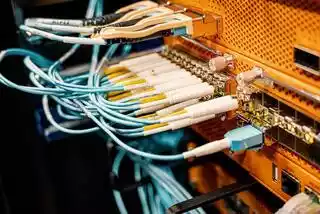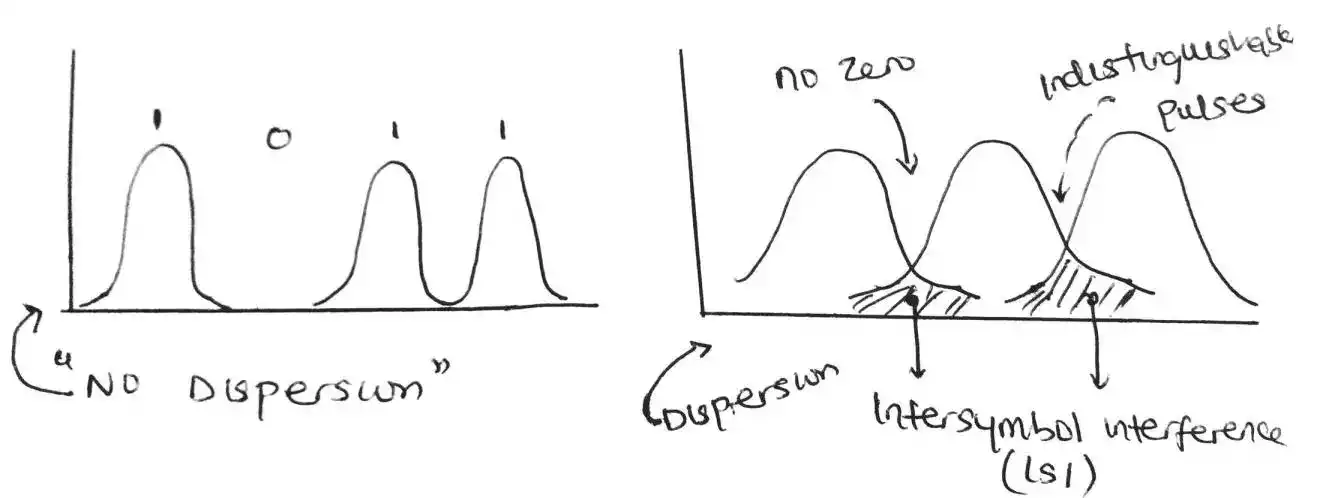What are Standards and Protocols in Networking? Understand Their Differences
The field of networking revolves around the establishment of connections and data exchange between devices, such as computers, servers, and mobile devices.
To facilitate this complex process, standards, and protocols provide a set of guidelines, rules, and formats that enable devices to communicate effectively with one another.
What are Standards in Networking
Standards, in the context of networking, refer to a set of guidelines and specifications that define the way devices and systems should operate. They ensure compatibility and interoperability between various networking components.
Compatibility is about devices, systems, or software being designed to work together without conflicts or issues. It emphasizes the harmony and seamless integration between devices, ensuring they can function properly and interact without limitations or technical problems.
Interoperability refers to different devices, systems, or software being able to work together smoothly and exchange information seamlessly, even if they are from different brands or manufacturers. It ensures that devices understand each other’s communication methods and can collaborate effectively.
By adhering to standards, manufacturers, and developers can create devices and software that work seamlessly together, regardless of the vendor or platform.
There are different types of standards in networking, including de facto standards, de jure standards, and industry standards.
De facto standards emerge from widespread adoption and market dominance of a particular technology or product.
For example, Ethernet has emerged as the de facto standard for wired local area networks (LANs). It gained widespread adoption and market dominance due to its reliability, scalability, and compatibility across different networking devices.
Ethernet provides a common framework for data transmission over LANs, enabling devices to communicate seamlessly.
De jure standards are formalized through standardization bodies or organizations. Industry standards are developed and endorsed by specific industries or sectors.
For example, TCP/IP is a de jure standard protocol suite for internet communication. It was established by the Internet Engineering Task Force (IETF) as the standard set of protocols for reliable and secure data transmission across interconnected networks.
TCP/IP defines how data packets are addressed, routed, and delivered between devices on the internet, ensuring compatibility and interoperability.
In the case of Ethernet, it became a de facto standard through its widespread use and adoption in networking environments, while TCP/IP is a de jure standard established by the IETF to define the protocols used for internet communication.
What are Networking Protocols?
Protocols, on the other hand, are a set of rules and procedures that govern how data is transmitted and received across a network.
They define the format, sequence, and error-checking mechanisms for data exchange. Protocols are implemented in both hardware and software, providing a common language for devices to communicate effectively.
Networking protocols encompass a wide range of functionalities. For example, HTTP (Hypertext Transfer Protocol) enables web browsing, FTP (File Transfer Protocol) facilitates file transfers, and DNS (Domain Name System) converts domain names into IP addresses.
Each protocol serves a specific purpose and operates at different layers of the networking stack.
Key Differences between Standards and Protocols
While standards and protocols are closely related, they have distinct characteristics and roles.
Standards primarily focus on defining the overall structure and compatibility of devices and systems, ensuring they can communicate effectively.
Protocols, on the other hand, concentrate on the specific procedures and rules that govern the actual data transmission and exchange.
Standards act as a blueprint, providing a common foundation for interoperability, while protocols operate within the boundaries defined by these standards.
In simpler terms, standards set the rules of engagement, while protocols dictate how the actual conversation takes place.
Interrelation between Standards and Protocols
Standards and protocols are interconnected in the sphere of networking. Standards influence the development of protocols by providing a framework for compatibility and interoperability.
Protocols, in turn, adhere to the guidelines and specifications set by the relevant standards.
For example, the Ethernet standard defines the physical and data link layer specifications, while the TCP/IP protocol suite operates at the network layer.
These protocols are designed to work harmoniously with the Ethernet standard, ensuring devices can communicate seamlessly over Ethernet networks.
Importance of Standards and Protocols in Networking
Standards and protocols play important roles in the networking landscape, offering numerous benefits and ensuring the smooth functioning of interconnected devices and systems.
One of the key benefits is compatibility and interoperability. Standards provide a common foundation that allows devices from different vendors to work together seamlessly.
Protocols, built on these standards, ensure that devices can understand and communicate with each other effectively.
In addition, standards and protocols enhance network security and reliability. By adhering to industry-standard security protocols, such as SSL/TLS for secure communication, organizations can protect their data from unauthorized access and ensure the integrity of transmitted information.
Moreover, standards and protocols facilitate communication and data transfer, allowing users to share information, access resources, and collaborate across networks. They enable the internet, as we know it, to function efficiently and reliably.
Popular Networking Standards and Protocols
In the vast landscape of networking, several standards and protocols have gained widespread adoption and recognition. Let’s explore some of the prominent ones:
- Ethernet: A widely used standard for wired local area networks (LANs), defining the physical and data link layer specifications.
- TCP/IP: A protocol suite that forms the backbone of the internet, enabling end-to-end communication between devices.
- Wi-Fi (IEEE 802.11): A family of wireless networking standards that enable wireless connectivity for devices, such as laptops, smartphones, and IoT devices.
- HTTP and HTTPS: Protocols that facilitate web browsing and data exchange between clients and servers.
- DNS: A protocol that translates domain names into IP addresses, allowing users to access websites using human-readable names.
Evolution of Standards and Protocols
Standards and protocols have evolved significantly over time, driven by advancements in technology and the need for seamless connectivity.
The development and standardization of networking technologies are often spearheaded by organizations such as the Institute of Electrical and Electronics Engineers (IEEE) and the Internet Engineering Task Force (IETF).
Challenges and Limitations
Despite their numerous advantages, standards and protocols in networking face challenges and limitations.
One of the major challenges is ensuring interoperability between different implementations of the same standard or protocol. Issues may arise when devices or software do not fully adhere to the specifications, leading to compatibility issues.
Adoption of new standards and protocols can also be a challenge. It requires widespread acceptance and support from vendors, developers, and the networking community.
In addition, ensuring backward compatibility with older technologies and systems is crucial to avoid disrupting existing infrastructures.
Future Trends in Standards and Protocols
The networking landscape is continuously evolving, and new technologies and trends are shaping the future of standards and protocols. Some notable trends include:
- Internet of Things (IoT): The proliferation of IoT devices requires the development of new protocols and standards to accommodate the unique requirements of IoT communication and data exchange.
- Advanced technologies: The advent of 5G and IPv6 brings new challenges and opportunities for standards and protocols, enabling faster connectivity, improved scalability, and enhanced security.
In conclusion, standards and protocols are the backbone of modern networking, ensuring compatibility, interoperability, and efficient data exchange. They work hand in hand, with standards providing the overarching guidelines and protocols defining the specific rules of communication. By adhering to these standards and protocols, organizations and individuals can build robust and reliable network infrastructures.
FAQs
- Q: What is the role of standards in networking? Standards define guidelines and specifications that ensure compatibility and interoperability between networking devices and systems.
- Q: Can you provide examples of networking protocols? Some examples of networking protocols include HTTP, FTP, DNS, and TCP/IP.
- Q: How do standards and protocols work together? Standards provide the framework for compatibility, while protocols operate within those boundaries to facilitate effective communication.
- Q: Why are standards and protocols important in networking? Standards and protocols enable seamless communication, enhance network security, and ensure the interoperability of devices and systems.
- Q: What are some future trends in networking standards and protocols? Trends include the Internet of Things (IoT) and the development of protocols and standards for advanced technologies like 5G and IPv6.




